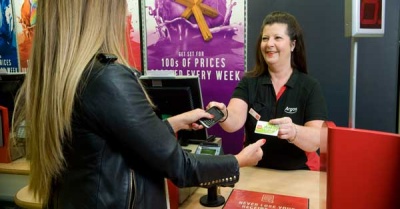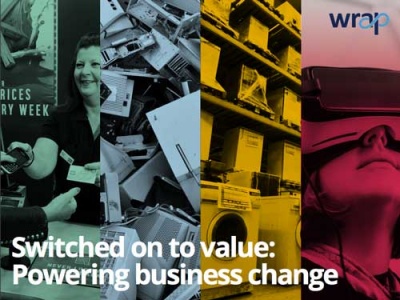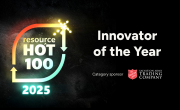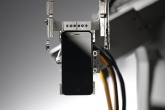Appetite for electronic trade-ins presents huge recycling and reuse opportunity – WRAP

Around two million tonnes of electrical and electronic equipment is placed on the market in the UK every year, with 1.53 million tonnes going to waste in 2015.
And growing levels of consumption (predicted to rise by 19 per cent by 2020) are bringing with them huge environmental impacts: the total lifecycle impacts of the products purchased each year are equivalent to around 196 million tonnes of CO2 emissions, and WRAP states that those same products use around 1.3 million terajoules of energy across their lives.
However, WRAP, through its electrical and electronic equipment sustainability plan (esap), is attempting to help the electronics sector develop more sustainable business practices that could prevent around one million tonnes of waste a year, cuts CO2 emissions by 14 million tonnes and create £4.4 billion in financial benefit for the industry.
Consumer behaviour is a major determinant in the lifecycle impacts of electrical and electronic products, and as part of the esap programme, WRAP has studied the way people buy, consume and discard their electrical products – finding that there is an appetite among consumers for business models that enable them to return unwanted devices and appliances.
Research found that many consumers struggle to find convenient and accessible ways to recycle and reuse their unwanted goods. Fewer than 10 per cent surveyed by WRAP use household recycling schemes put on by councils, and over a third expressed concern about personal data being recovered when getting rid of their products.

One such example of a popular scheme is the Argos Gadget Trade-in, a programme launched in 2015 as part of WRAP’s REBus (‘Resource Efficient Business models’) project.
Through the programme, customers can return phones or tablets to Argos stores, where they are provided with an immediate quote and an Argos gift card loaded with the sum if they choose to sell. Items that have been traded in will then be refurbished in the UK and re-sold, or recycled for parts.
WRAP says these kind of models could offer a new channel for recyclers to recover unwanted electricals and partner up with re-use and refurbishments organisations.
The Furniture Re-use Network (FRN) has been working in partnership with DixonsCarphone since 2013 and has established a WEEE take-back framework that includes pick-up and drop-off services between reuse charities and DixonsCarphone stores. In 2016/17, the scheme helped 12,492 households, preventing over 1,275 tonnes of CO2 from harming the environment and saving households an estimate of around £2.3 million.
Steve Creed, Director at WRAP, said: “As brands and retailers set up new business models it will mean new activities for the company, such as refurbishment, secure data wiping and recycling. They will need to set up supply partnerships with organisations that can help deliver these processes and reduce the investment risk. We envisage these relationships to be long and valuable for both – so developing the right partnership is essential.”
Emerging trends
The 22-page report also looks at how emerging trends within the electronics sector could lead to problems or opportunities in the future.

WRAP highlights new innovations like wearable tech (like Fitbits and smart watches) that are lighter and use fewer critical raw materials than other, conventional electricals, but present challenges for effective separation of components and value recovery.
The advent of the ‘smart home’, connected technology that make daily living easier through data collection and integration, like smart fridges, responsive lighting/heating and multi-technology products such as entertainment hubs, also brings with it problems, like an increase in demand for data eradication services and the need for greater consumer support and recycling and reuse streams.
WRAP is establishing a new re-use and recycling working group to look at these emerging challenges and discuss and identify ways forward.
The ‘Switched on to Value: Powering Business Change’ is available to read and download at the WRAP website.









